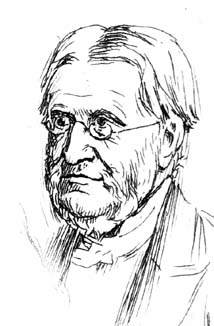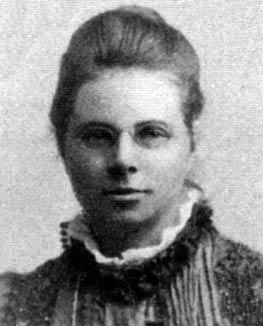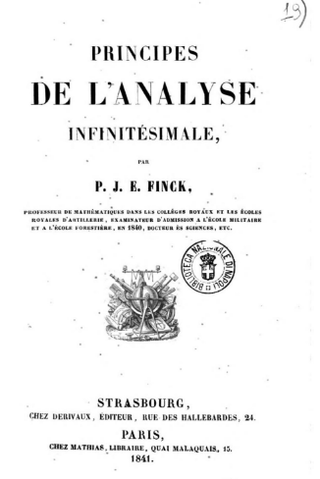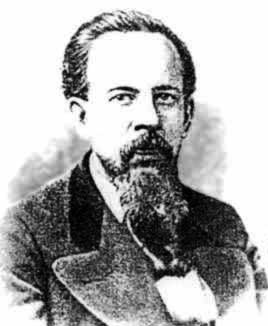
John Playfair FRSE, FRS was a Church of Scotland minister, remembered as a scientist and mathematician, and a professor of natural philosophy at the University of Edinburgh. He is best known for his book Illustrations of the Huttonian Theory of the Earth (1802), which summarised the work of James Hutton. It was through this book that Hutton's principle of uniformitarianism, later taken up by Charles Lyell, first reached a wide audience. Playfair's textbook Elements of Geometry made a brief expression of Euclid's parallel postulate known now as Playfair's axiom.

Charles Hutton FRS FRSE LLD was an English mathematician and surveyor. He was professor of mathematics at the Royal Military Academy, Woolwich from 1773 to 1807. He is remembered for his calculation of the density of the earth from Nevil Maskelyne's measurements collected during the Schiehallion experiment.

Sir John Leslie, FRSE KH was a Scottish mathematician and physicist best remembered for his research into heat.
Stephen Mack Stigler is the Ernest DeWitt Burton Distinguished Service Professor at the Department of Statistics of the University of Chicago. He has authored several books on the history of statistics; he is the son of the economist George Stigler.

Joseph Diez Gergonne was a French mathematician and logician.

Cargill Gilston Knott FRS, FRSE LLD was a Scottish physicist and mathematician who was a pioneer in seismological research. He spent his early career in Japan. He later became a Fellow of the Royal Society, Secretary of the Royal Society of Edinburgh, and President of the Scottish Meteorological Society.

Philip KellandPRSE FRS was an English mathematician. He was known mainly for his great influence on the development of education in Scotland.

Hilda Phoebe Hudson was an English mathematician who worked on algebraic geometry, in particular on Cremona transformations. Hudson was interested in the link between mathematics and her religious beliefs.
Jan Pieter Hogendijk is a Dutch mathematician and historian of science. Since 2005, he is professor of history of mathematics at the University of Utrecht.
Daniel Edwin Rutherford FRSE was a Scottish mathematician, known for his work on the representation theory of symmetric groups.

John West (1756-1817) was a mathematician and priest from Scotland.

Isabella Grigoryevna Bashmakova was a Russian historian of mathematics. In 2001, she was a recipient of the Alexander Koyré́ Medal of the International Academy of the History of Science.
Thomas W. Hawkins Jr. is an American historian of mathematics.
Émile Léger (1795–1838) was a French mathematician.

Pierre Joseph Étienne Finck (1797–1870) was a French mathematician.

Robert Richard Anstice (1813–1853) was an English clergyman and mathematician who wrote two remarkable papers on combinatorics, published the same year he died in the Cambridge and Dublin mathematical journal. He pioneered the use of primitive roots in this field, anticipating the work of Eugen Netto on Steiner's triplets.

Matthew O'Brien (1814–1855) was an Irish mathematician.

Karl Mikhailovich Peterson was a Russian mathematician, known by an earlier formulation of the Gauss–Codazzi equations.

Robert Tucker (1832–1905) was an English mathematician, who was secretary of the London Mathematical Society for more than 30 years.

Prof John Edward Aloysius Steggall ARIBA FRSE LLD (1855–1935) was an English mathematician and professor at the University College, Dundee.














